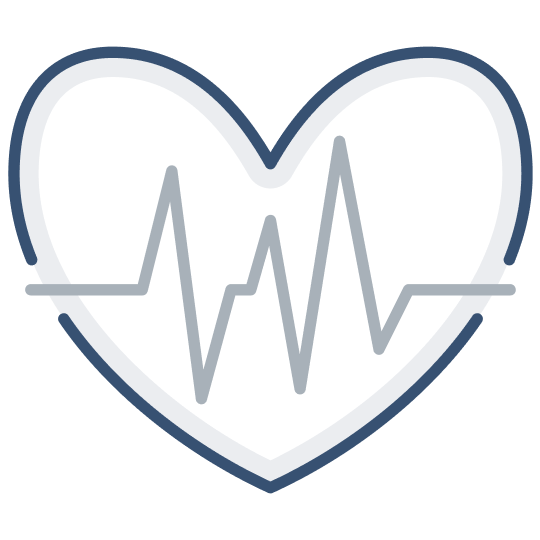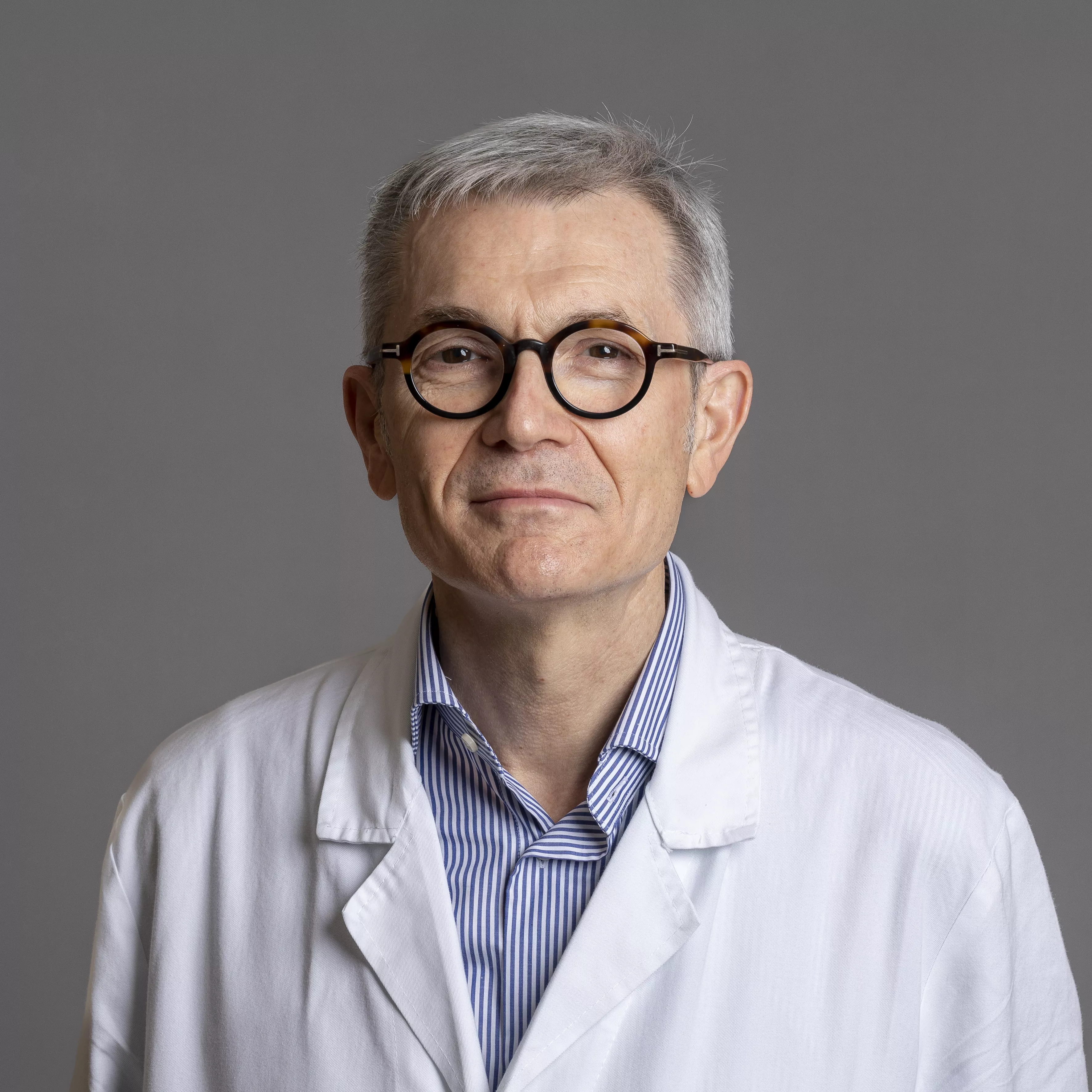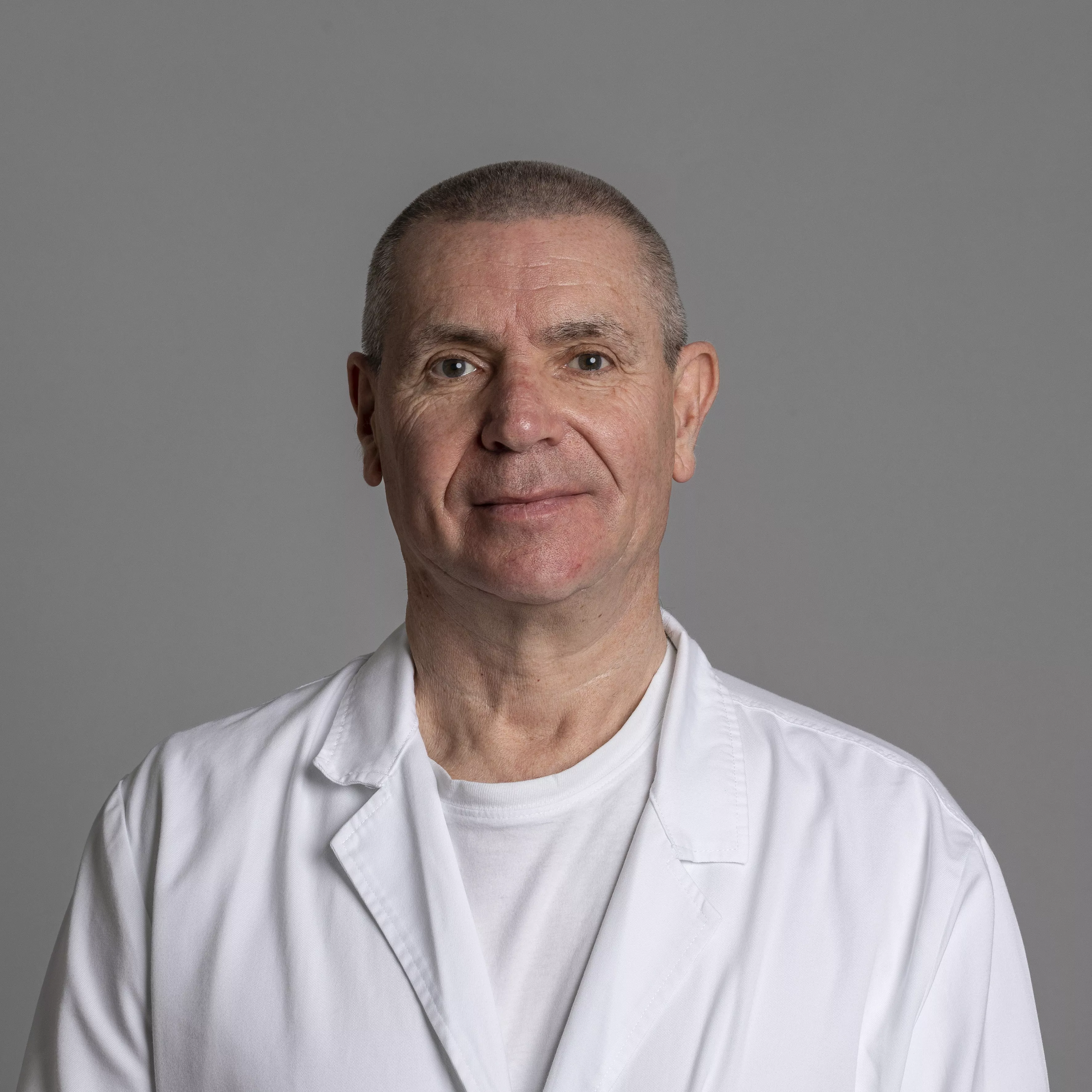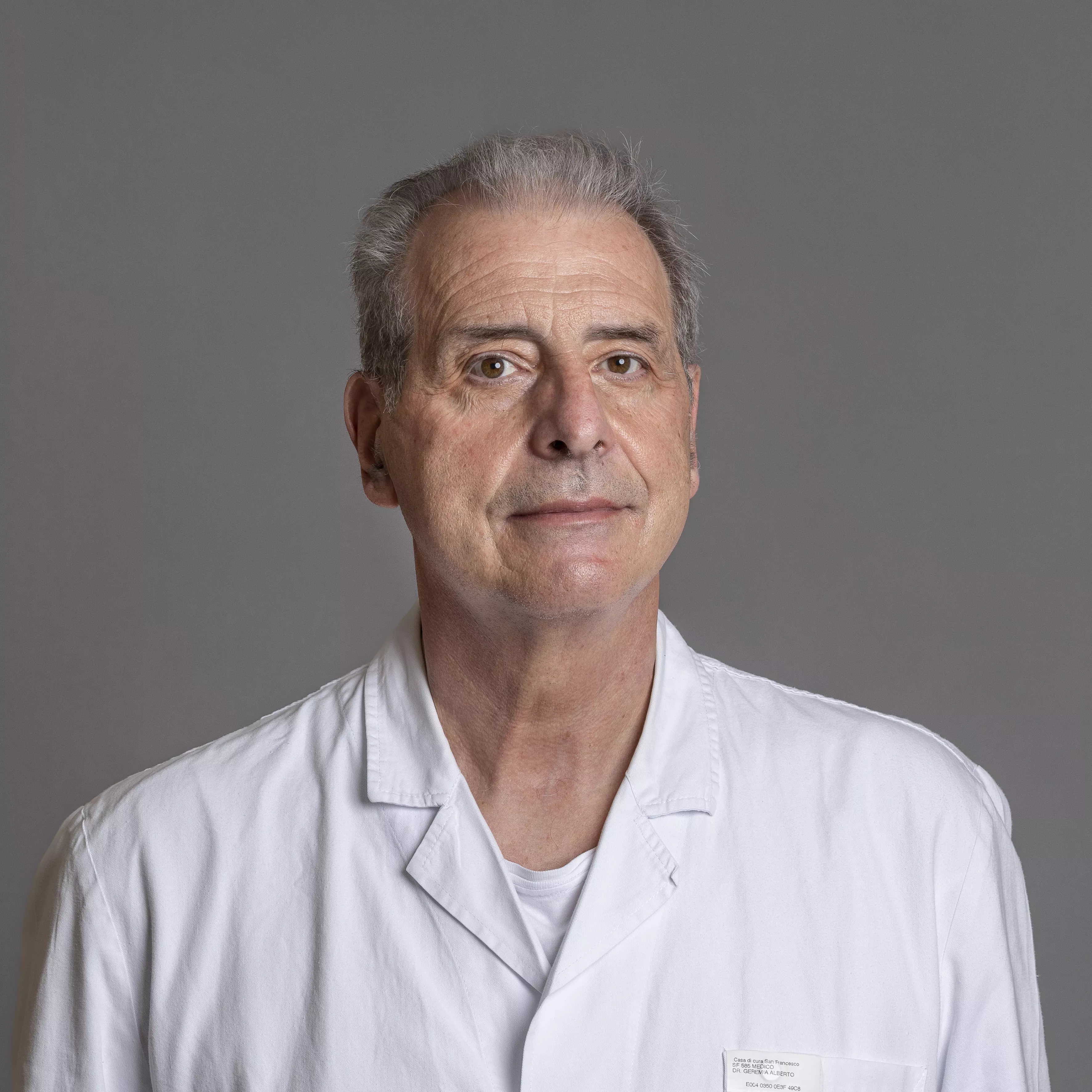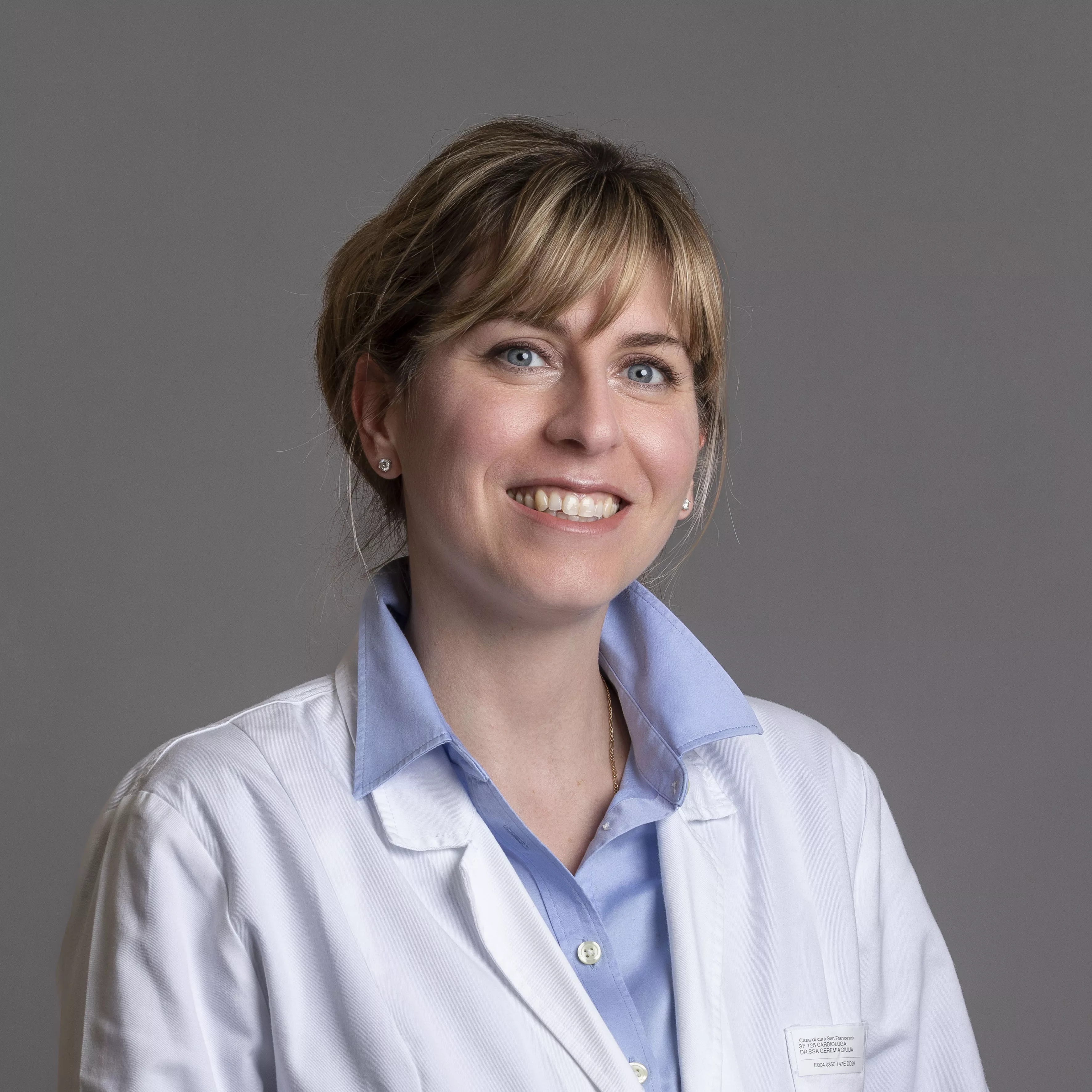SPECIFIC TESTS FOR MAIN HEART DISEASES
The Cardiology Unit is one of the most advanced ward of Clinica San Francesco, where patients can undergo specific tests dedicated to the one of most important body organ.
What are the tests for heart?
Discover the operation areas
- Electrocardiogram (ECG)
- Cardiovascular stress test
- Holter monitoring
- 24 hour pressure monitoring
- Transthoracic heart color Doppler ultrasonography
- Transesophageal color Doppler ultrasonography
- Rest and after physical stimulation heart color Doppler ultrasonography (echostress test)
- Rest and after pharmacological stimulation heart color Doppler ultrasonography (pharmacological stress echocardiogram)
- Vascular color Doppler ultrasonography (venous and arterial)
Electrocardiogram
The electrocardiogram (ECG) is the tracing obtained by the electrocardiograph, a device that records the heart electric activity through 12 electrodes applied on chest, wrists and ankles. The reading of tracing obtained allows to detect heart rhythm alterations, ischemic deficit of coronary circulation and other diseases. It is a first level test that does not consider a specific preparation.
Cardiovascular stress test
The stress test consists of electrocardiogram recording during a controlled pedaling on an exercise bike (cycle ergometer stress test). The tests assesses that the coronary circulation, heart pressure and rate are adequate to effort performed. It is a first level test for diagnosis of ischemic heart disease and remote control after myocardial infarction (MI) or coronary stents implantation, and does not consider specific preparation.
Holter monitoring
The Holter monitoring consists of 24H electrocardiogram continuous recording, thanks to a small portable recorder. The test allows to record the heart electrical function during daily activities, included sleep, and permits to diagnose possible arrhythmias and/or ischemic alterations and to monitor effectiveness of prescribed therapies. The patient must go to Clinica San Francesco the scheduled day for recorder placement and the following day for removal of it. The patient will have to write a diary with carried out activities. The test does not consider specific preparation.
24 hour Pressure Monitoring (MPA)
The pressure monitoring consists in 24H measuring the blood pressure by an arm automatic sphygmomanometer. This test is indicated to an accurate diagnosis for arterial hypertension or monitoring anti-hypertensive therapy assessing both pressure averages, daily and nocturnal, and seeking possible pressure peaks associated with particular daily life activities. The patient must go to the Clinica San Francesco both the day planned for the placement and the day after for removal of recording device. The patient will have to write a diary with carried out activities. The test does not consider specific preparation.
Transthoracic heart color Doppler ultrasonography
The echocardiogram provides information on orphology and function of heart chambers, valves, scending aorta and other intrathoracic vessels. The test consists of two-dimensional ultrasonographic examination and investigation of blood flows by pulsed-wave, continuous and color Doppler. This is a fundamental heart test, necessary as first approach in assessment of cardiopath patient or suspect such. The test does not consider specific preparation.
Transesophageal color Doppler ultrasonography
This is a second-level ultrasonography, requested by cardiologist or other specialist if the transthoracic test does not give a complete information concerning the morphology and function of heart valves, presence of valvar infections, thrombi or other intracavitary masses, shunt. The test consists of introduction of an ultrasound probe into the esophagus, similar externally to that used for gastroscopy. The test is performed with local anesthesia in oropharynx and, if necessary, in conscious edation, and requires fasting at least 6 hours.
Rest and after physical stimulation heart color Doppler ultrasonography (echostress test)
Also called echostress test, this diagnostic test allows to observe cardiac modifications during physical exertion by cyclette. The patient is reclined on a particular tilting bed with integrated cycle-ergometer permitting to pedal in half-lying position and to perform cardiac ultrasonography during exertion. The test does not consider specific preparation.
Rest and after pharmacological stimulation heart color Doppler ultrasonography (pharmacological stress echocardiogram)
Also called pharmacological stress echocardiogram. The patient lies on bed and is administered an intravenous drug that raises the heart rate, blood pressure or contractility of heart muscle; meanwhile the cardiologist monitors with ultrasound cardiography, ECG and blood pressure control possible modifications of heart contractility. This test is performed alternatively to physical stress test in case the patient cannot undergo this latter. The test requires fasting at least 6 hours and suspension of stimulant substances as tea or coffee and possibly some drugs, if requested by prescribing physician.
Vascular color Doppler ultrasonography (venous and arterial)
The examination consists in the arterial and venous vessels exploration of several compartments, as, for example, the carotid axis, jugular or superior and inferior limbs by echographic procedure with two-dimensional ultrasounds and study of vascular flows with pulsed-wave and color Doppler. This kind of test is useful for diagnosis of atherosclerosis and other diseases of arterial compartment and for detecting alterations of venous flow, as for example venous insufficiency or obstructions of superficial and deep venous circulation. The test does not consider specific preparation.
